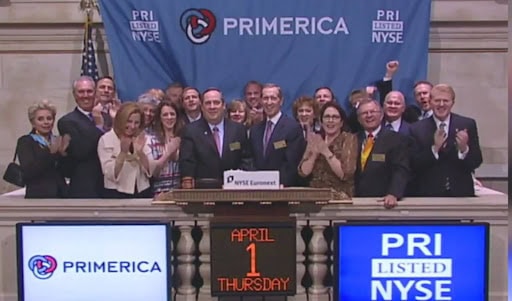Request Check Your Shocks


In 1982, seven people died in Chicago when bottles of Tylenol were laced with potassium cyanide. The crime was tragic and senseless. People were afraid. If they couldn’t feel safe buying over-the-counter medicine from their trusted pharmacy, where could they feel safe?
Johnson & Johnson, the company that owns the pain-reliever brand, could have done nothing. After all, the investigation revealed that the Tylenol was tampered with post-production. It wasn’t technically the company’s fault. They could have hidden behind those results. But they didn’t.
Related: Why Real Leaders Do What Is Right
Instead, the company issued warnings to hospitals and drugstores. They ordered production to cease. They recalled around 31 million bottles of Tylenol, costing them an estimated $100 million in retail value, not to mention the additional loss that comes with diminished faith in a brand. But it was undoubtedly the right thing to do—their actions have been lauded as one of the best displays of public relations in the face of a crisis.
Over time, Johnson & Johnson recovered from its loss. In fact, the company’s response resulted in a strong comeback that positioned them as one of the top brands for household goods, which is where it stands today. It also caused stricter security, warning labels and tamper-proof seals to prevent a similar tragedy.
There is an important lesson here about responsibility. Taking responsibility isn’t important only when a crisis can be blamed on you or your actions. Just like in the Tylenol case, the blame might be on a single person with bad intentions. But if it’s your company or your project, you own it. So you have to take ownership. Don’t be the person who hides behind flimsy excuses.
The next step is to work toward repairing the reputation. When something goes awry, there are ripple effects of negativity. People might view your organization or product—and you by association—as something they should be wary of. Now is the time to step forward, be transparent and layout your plans for regaining trust.
For Johnson & Johnson, that meant putting their customers’ safety ahead of their revenue loss. Although you’ll likely never deal with a decision that morally clear, there are times when the needs of your business must fall in second to the trust and loyalty of your clients.
Make a plan, and then act on that plan every single day. Building trust takes time and dedication. You can come back stronger. People respect those who own up and take the necessary measures to repair mistakes.

If you’re human, you’ve been afraid. Heck, you’ve probably even experienced the fear of something irrational, like the boogeyman or a monster under the bed. Those things aren’t real, but we experience them as though they are. I’m willing to bet that if you’re reading...

I’ve been talking about fear for more than twenty-five years—on stages, in boardrooms, and across kitchen tables with people who were searching for a way forward. The phrase “turn your fear into fuel” has been in my vocabulary for decades. But for one reason or...

No matter how prepared you think you are, the unknown will always find a way to slip into the equation. It’s inevitable. The true mark of a leader isn’t the ability to avoid uncertainty and fear—it’s the ability to confront it, adapt to it, and use it as a springboard...

A Monumental Day to Celebrate Today marks the 15th anniversary of Primerica’s IPO—a day that will forever be etched in my memory. April 1, 2010, was not just a milestone for the company but a testament to resilience, perseverance, and the power of pushing through...

“The scarcest resource in the world is not oil, it’s leadership.”
As Co-CEO of the largest independent financal services company in North America, John Addison’s skill as a leader was tested and honed daily. He retired in 2015 after taking the company and it’s people to massive heights. He’s just not done helping people get to the top. Today, he’s at the helm of Addison Leadership Group, INC working daily to mentor and educate new leaders.

I got a great take away from this true story. Hit’s the nail right on the head of putting responsibility in a crisis in prospective.
Thanks Jesse! Appreciate you!
Not always easy or inexpensive to do the right thing, but always the RIGHT thing wins over time. Thank you! 🥊🤩
Thank you again, Kristopher!
This is so true!!! If we are associated in anyway with something it is our responsibility to put things back in order! Thank you for this valuable reminder- reputation is waayyy more valuable than compensation- compensation is temporal, reputation is eternal. 🙏💕
Even though I was pretty young, I remember this event. I remember the fear but, I also remember the “comeback”. Doing what is in the public’s best interest is most important.
Starla! You were there then, which makes us family. Thank you for much for reading and for taking the time to share your comment with me. That comeback, that’s the most important part, right there! And yes, I try to think of life from a bit of a utilitarian perspective at times; whatever benefits the majority of the folks invested is where I put my focus many a time. It’s what got me to where I am today, so I am grateful for that. Thanks again and I wish you all the best!